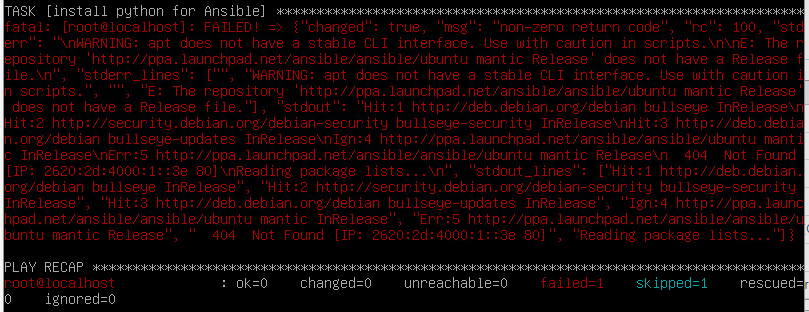

Yeah, I don’t even know if piracy is the right word for it when you take Copyright within it’s proper historical context.
Copyright existed as a bargain: the force of law protects your work for an exclusive period, and once that period is over, the work becomes part of the Public Domain for all to enjoy. It was originally set at 14 years with an optional one-time 14 year renewal.
Most of the games we’re talking about should be Public Domain by now. Like most everything in America today, the rich have managed to shift the balance significantly in their favor.



I’ll be the heretic here, but so far as I know you are only required to make source available when you distribute binaries. And for that matter, it doesn’t even have to be online just available upon request unless you’re using a derivative GPL that added online access as a clause.
I highly doubt the users of a web interface are required to be given access to source. There are multiple GPL-licensed web servers (I am well aware Apache is not btw) and I’ve never seen one embed a code link on every page.
Tl;Dr: Lemmy does it, but I believe it’s not required. Modify away if you so choose.